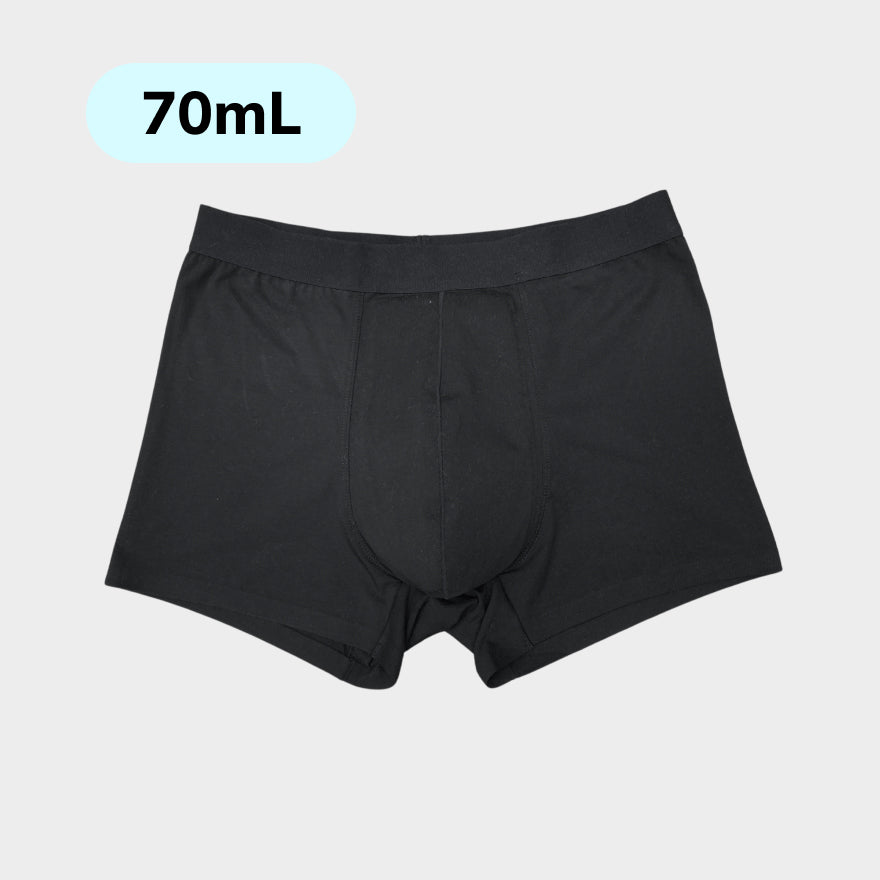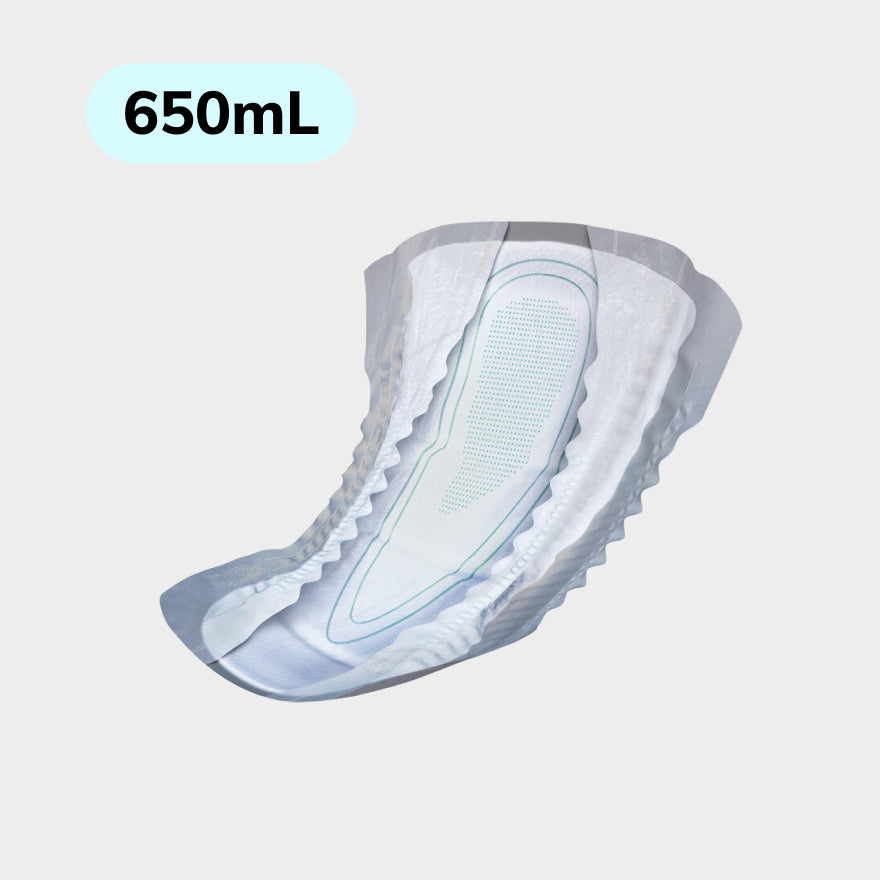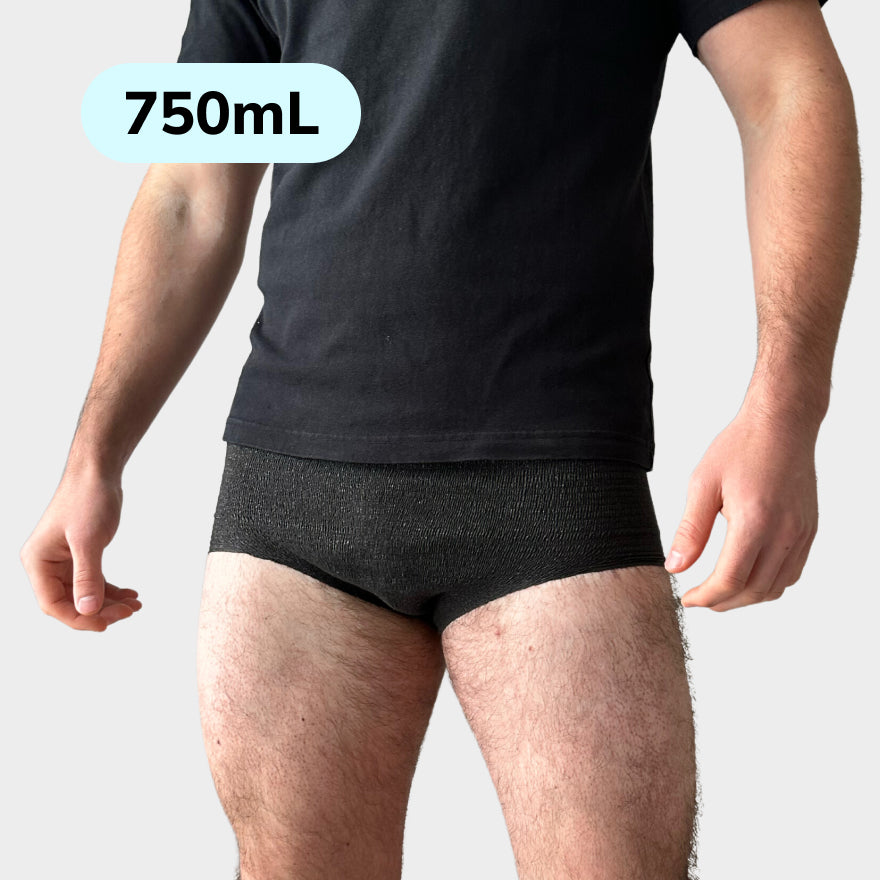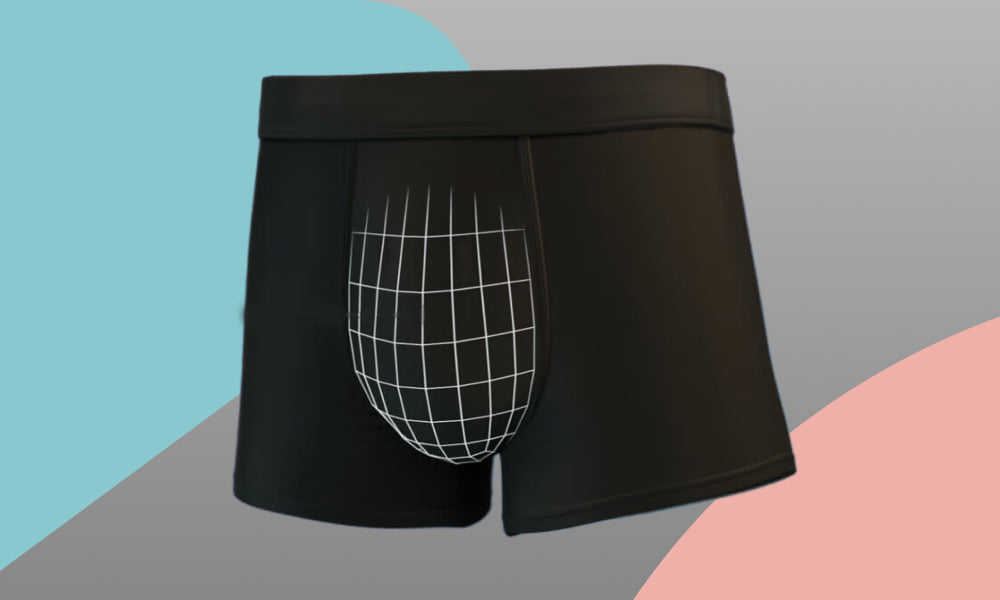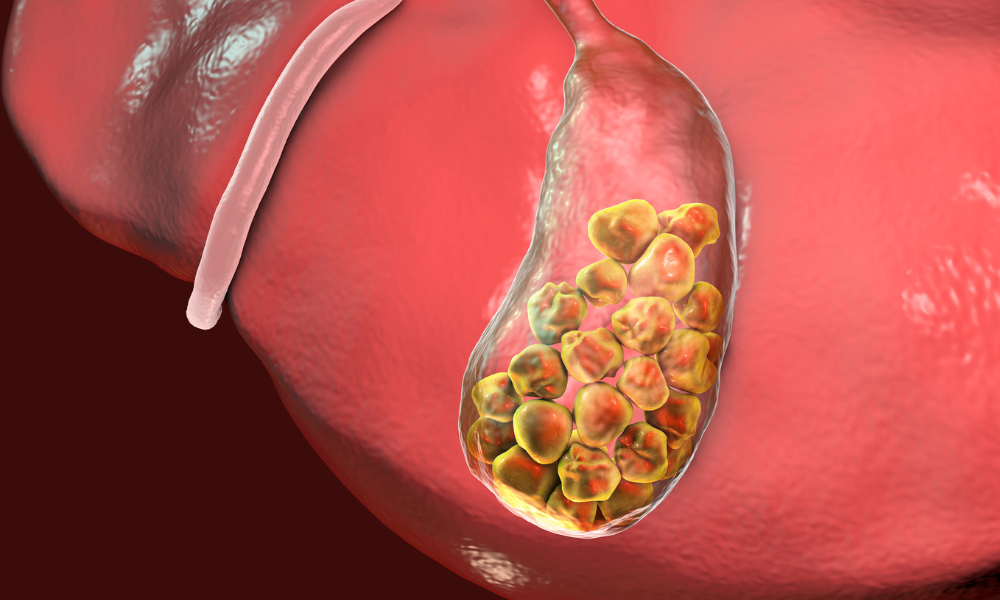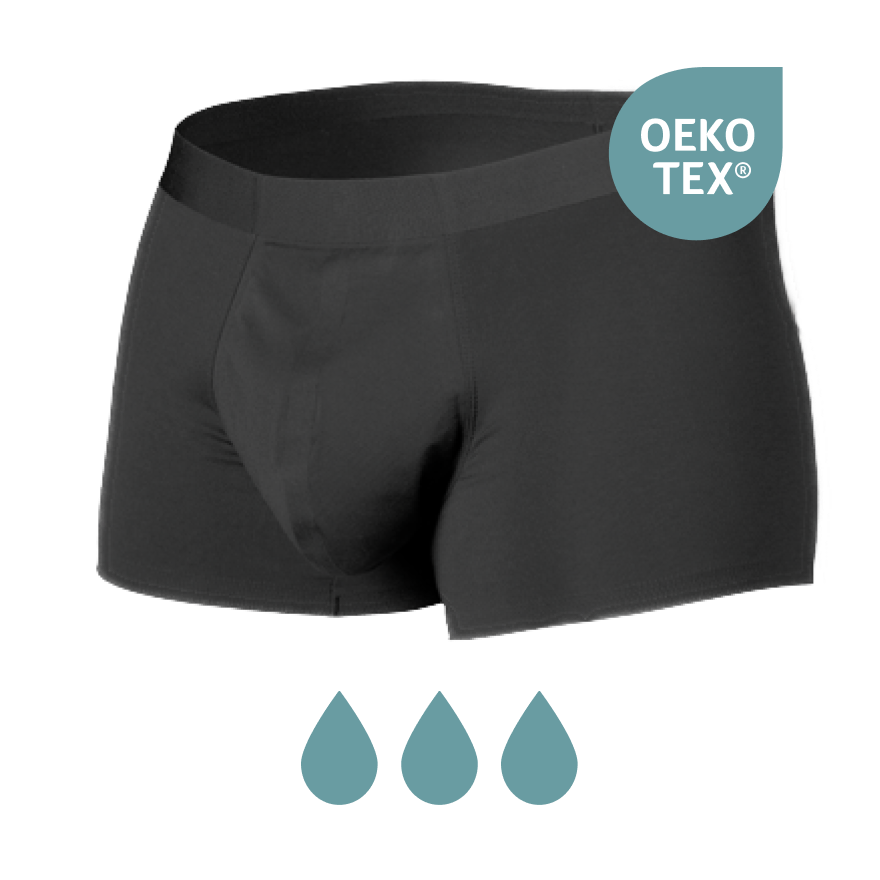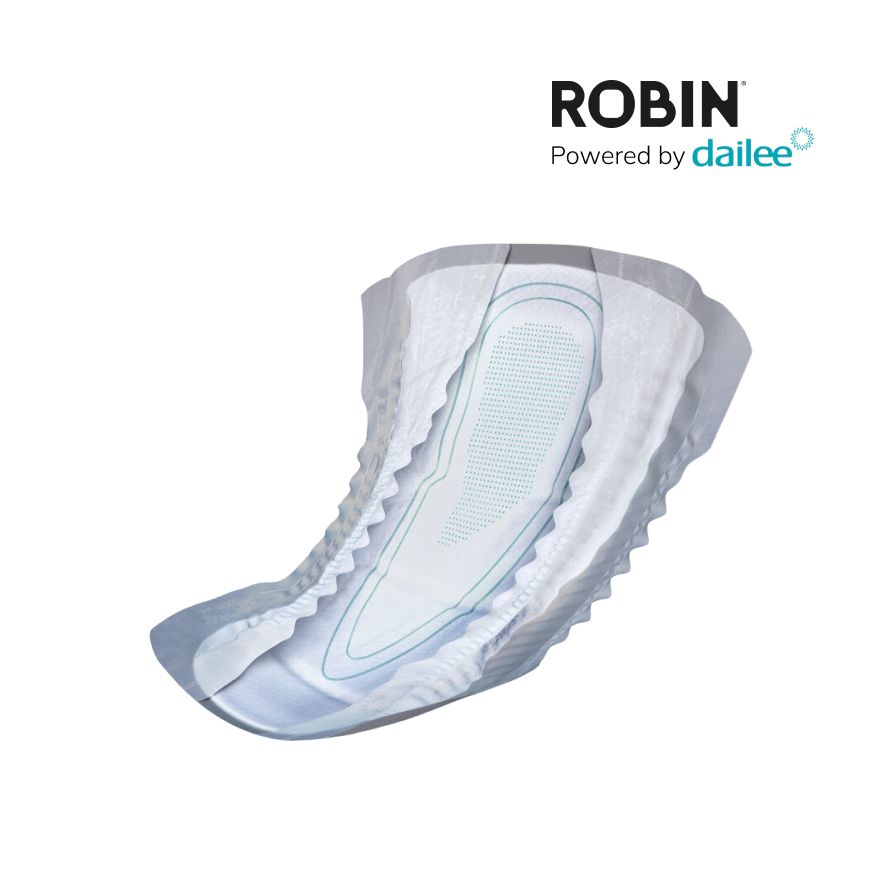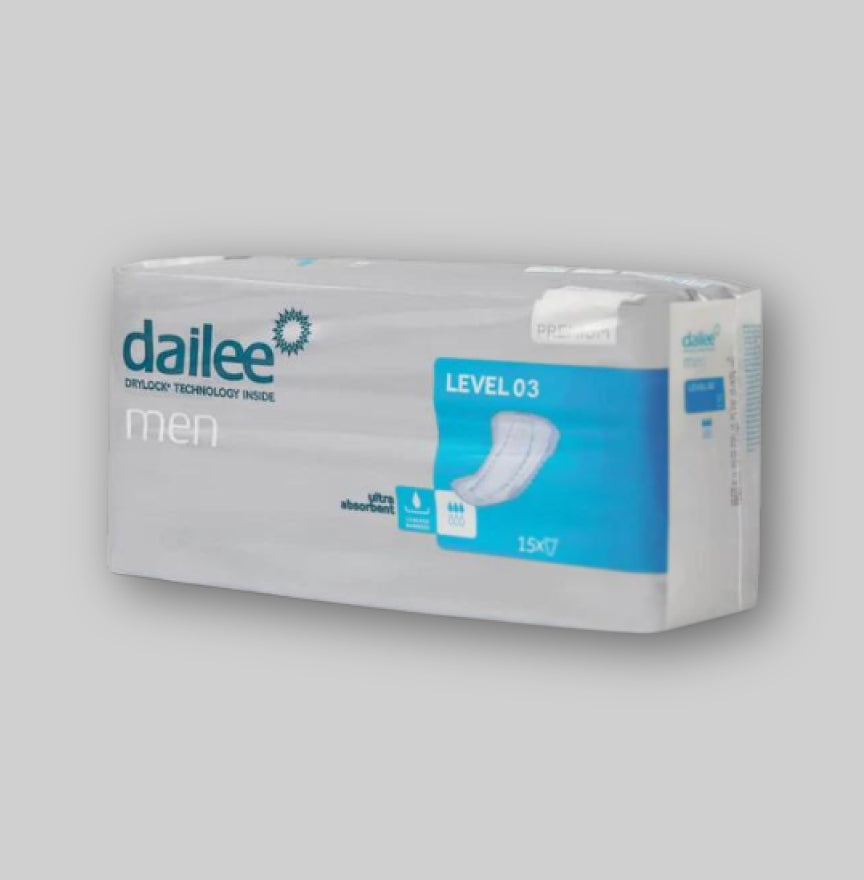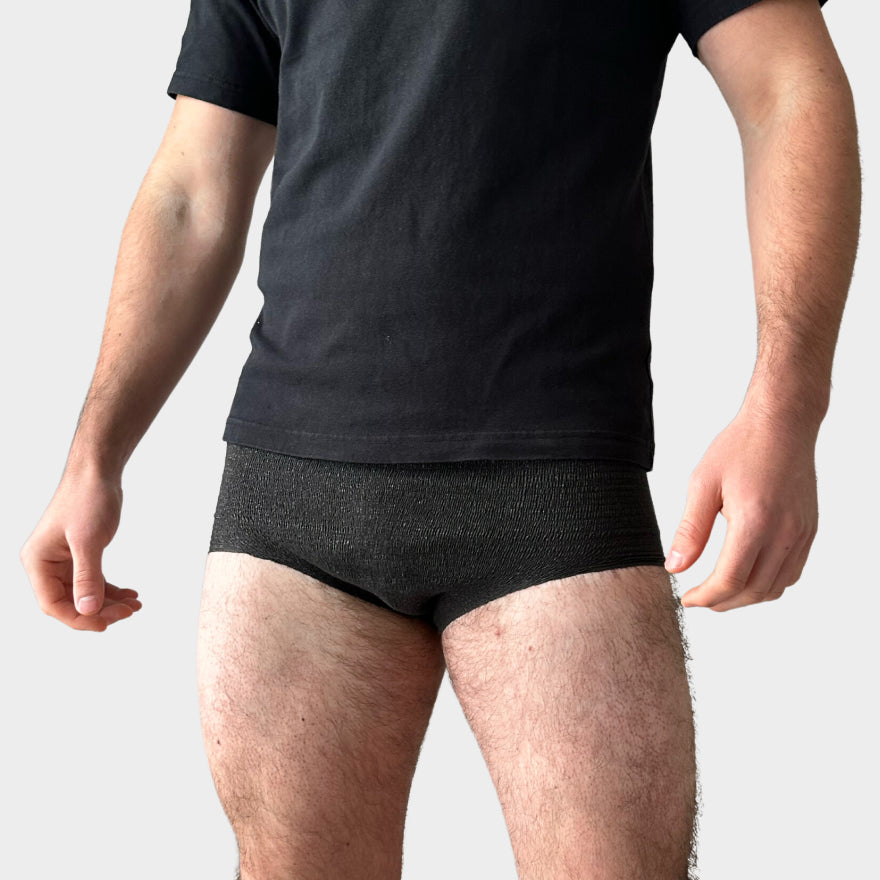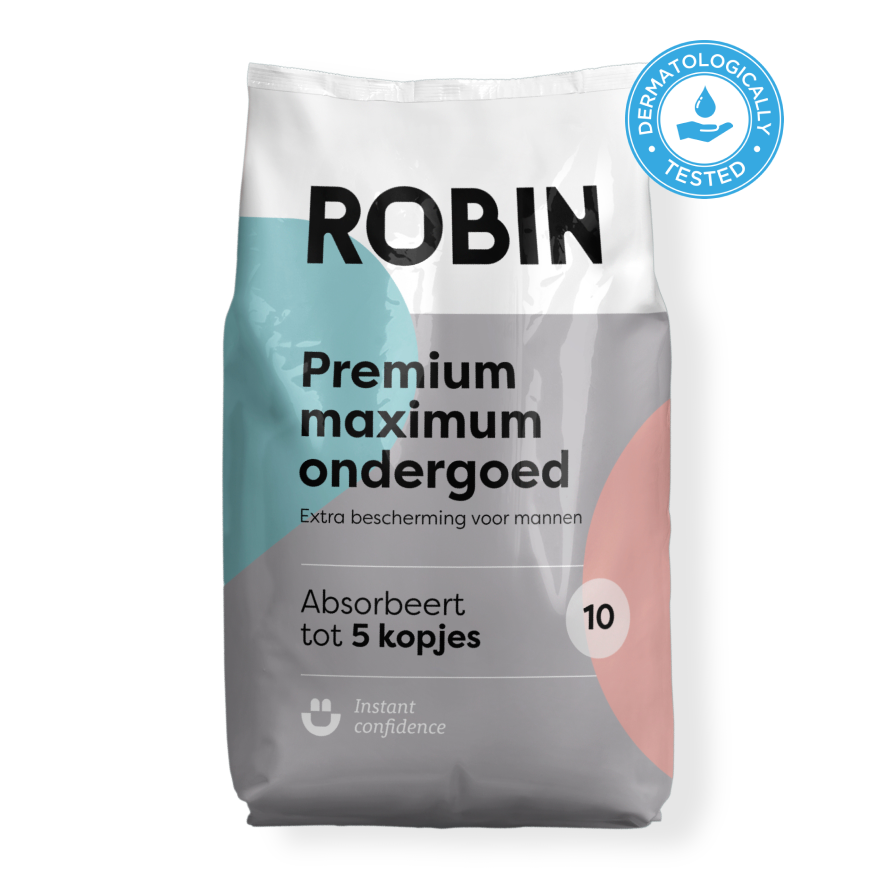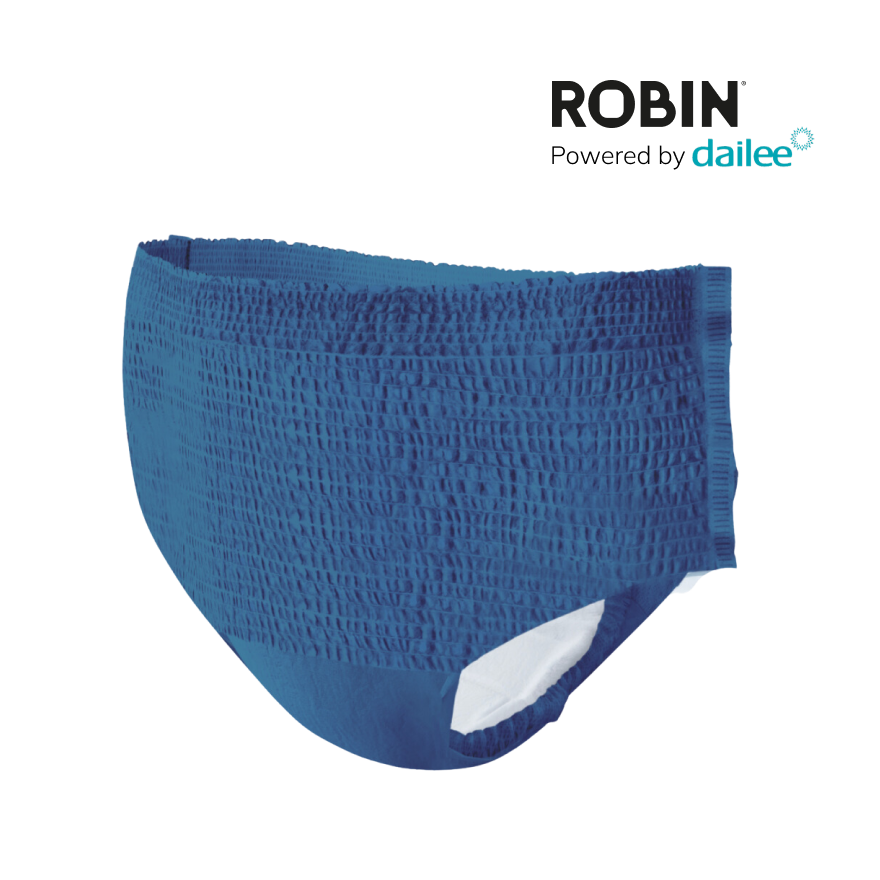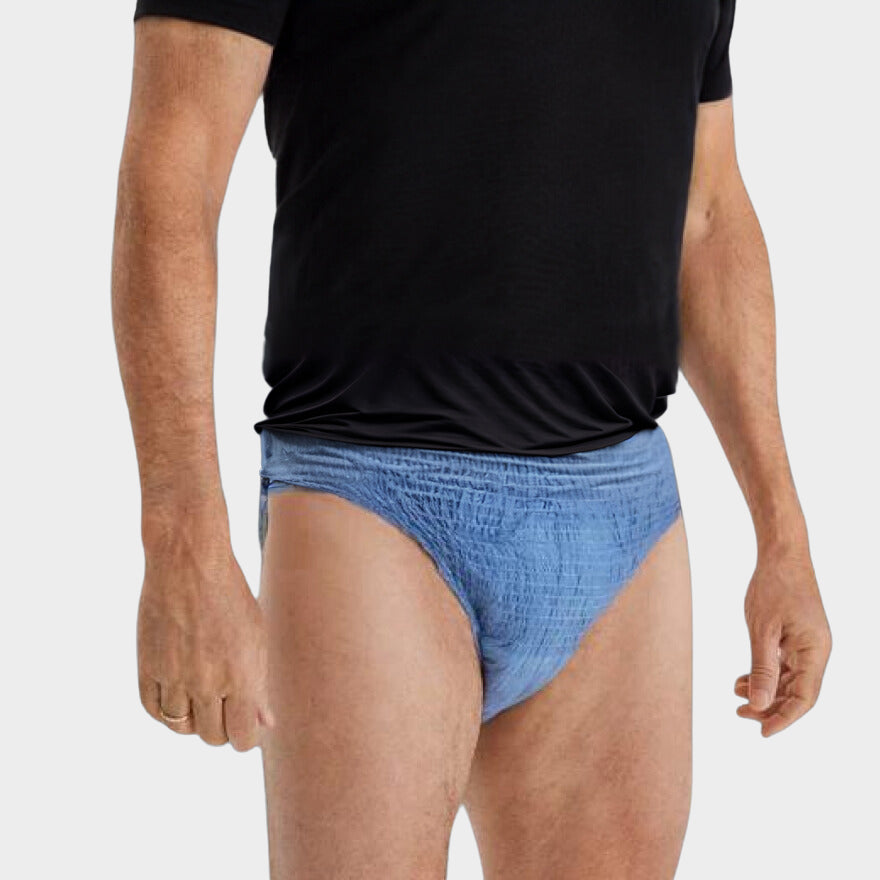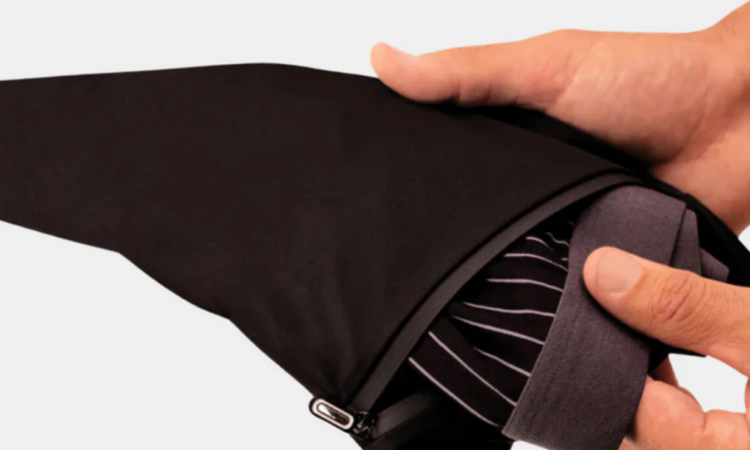What are bladder stones?
Imagine your bladder is a kind of reservoir in which urine is stored. Sometimes there can be small hard deposits there, which we call bladder stones.
Bladder stones arise because certain substances crystallize and clump together in your urine. This can happen if the concentration of these substances is too high, for example due to insufficient moisture intake or an unbalanced diet.
Symptoms of bladder stones
Recognizing bladder stones is crucial for timely treatment. Common symptoms include:
- Pain in urination
- Frequent urination
- Blood in the urine
- Gut pain
Diagnostic methods
Diagnosing bladder stones includes various steps. Usually a combination of physical examination, urine examination and imaging techniques such as ultrasound and X -rays is used.
Treatment options for bladder stones?
Medical
For small bladder stones, medication can help them to float them naturally. Drinking a lot of water can also help rinse the stones.
Non-invasive procedures
ESWL (extracorporal shock golf lithotripsie) is a popular method. Shock waves are used to break the stones so that they can be removed through the urine.
Surgical procedures
For larger stones, a surgical procedure may be required. Procedures such as cystoscopy and percutaneous suprapubic cystolithotomy are often used.
Prevention of bladder stones
Diet and hydration
A healthy diet and sufficient hydration are essential. Reducing the intake of oxalate -rich foods can help prevent stone formation.
Regular control
Regular medical control is important for people with a history of bladder stones. This helps with the early detection and treatment of new stones.
Conclusion
Bladder stones can be painful and annoying, but with the right treatment and preventive measures it is possible to manage and prevent them effectively. Always consult a doctor for a correct diagnosis and treatment plan.
